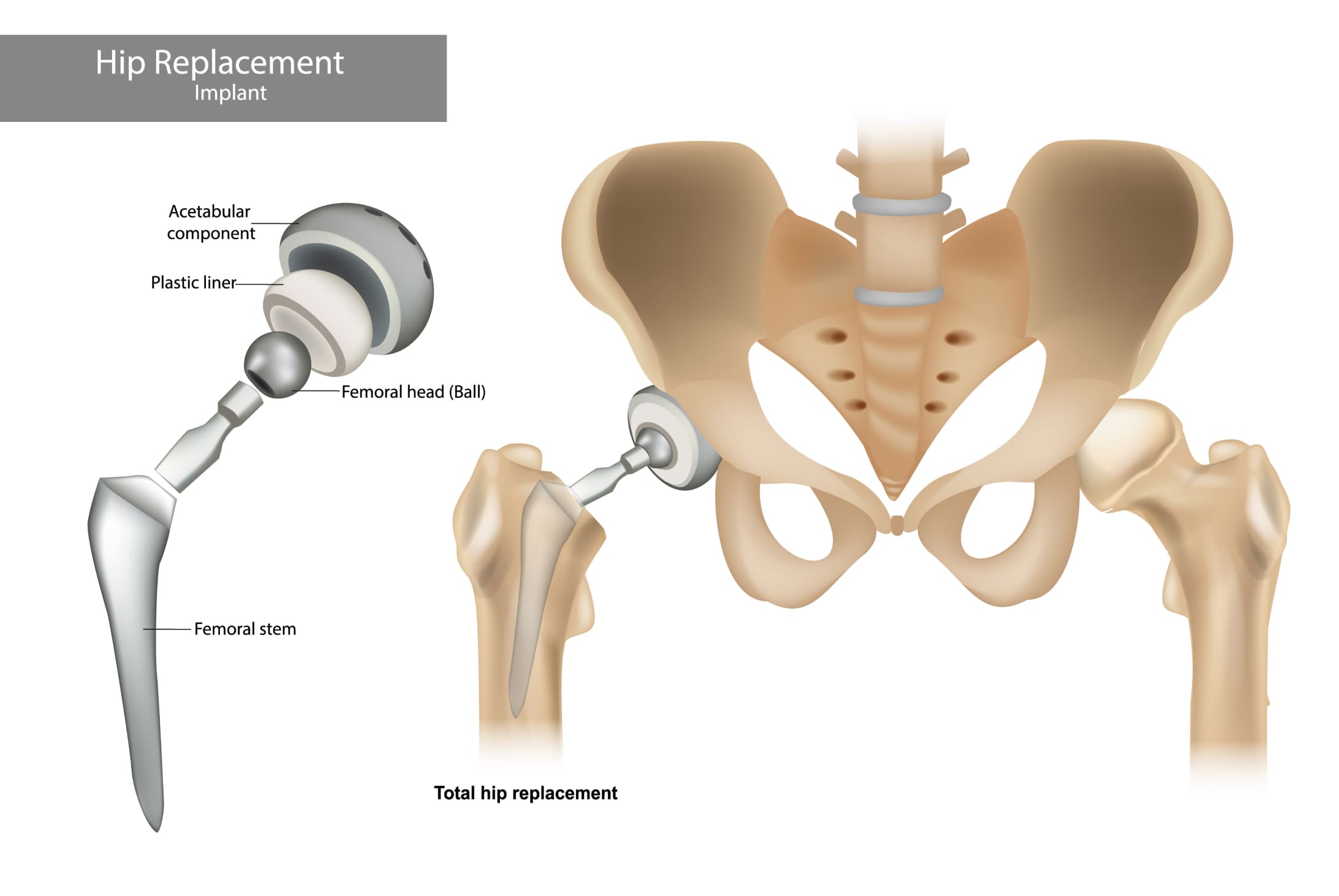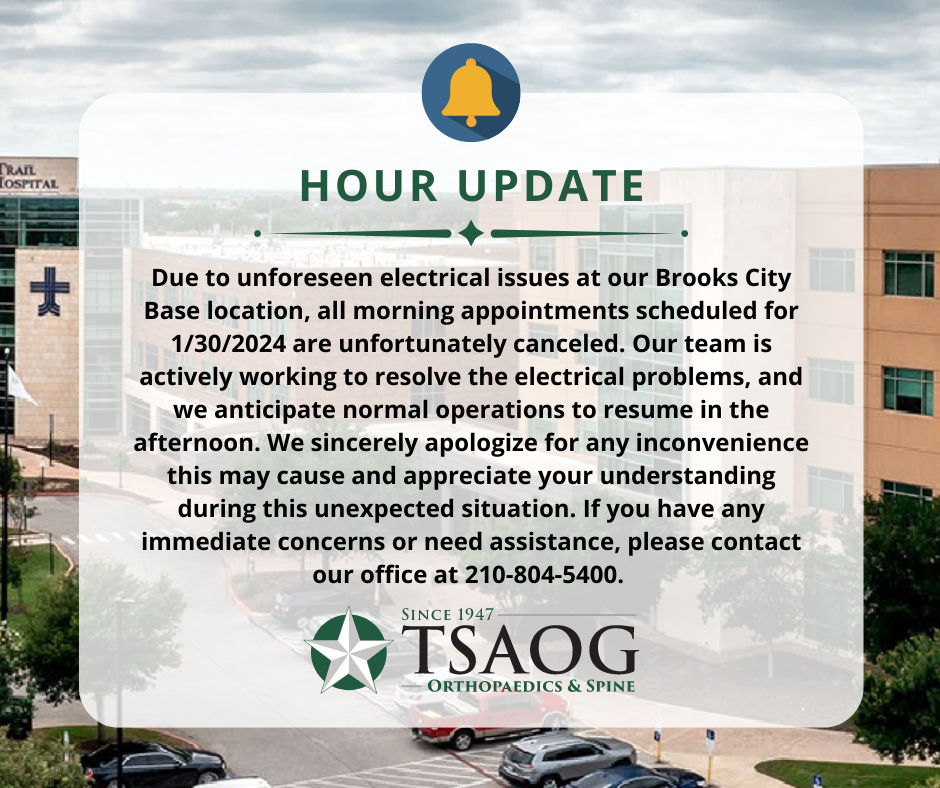Replacing an important joint like the hip is no small matter and tends to spark a lot of questions among patients. Thoughts of anesthesia or pain are some of the first things that come to mind of patients. Because of this, one of the most common questions patients ask before going into surgery is “how long does a hip replacement surgery last?” While this kind of procedure seems daunting, in actuality, hip replacement surgery is relatively quick with an even faster recovery time than most would expect.
How long does hip replacement surgery take?
So how long does a hip replacement usually take? For most patients, it can be completed in under two hours. Multiple factors play into how long you will be on the operating table such as health factors and severity of a patient’s condition. The type of surgery you are having plays into how long it will take. An example of this is a patient having a full hip replacement versus a partial hip replacement. In terms of recovery, most patients who go into a hip replacement surgery can go home, and even walk on their leg, that same day. It can take about four to six weeks after physical therapy before patients start to get back to daily activities.
What happens before a hip replacement surgery?
Before you even enter the surgery room, your doctor and medical team will have prepared you with everything you need to have a successful recovery period. This can include getting certain equipment or DME before the day of your surgery. Items like canes and shower chairs can make a huge difference in your quality of life while you are recovering. Another thing that your doctor will discuss with you is your physical therapy plan. Doctors always want you in the best shape possible before you go into surgery. So they may have you complete a few physical therapy exercises before you go into surgery to strengthen muscle groups to help advance your recovery time.
What happens on the day of a hip replacement surgery?
To make sure your surgery goes as smoothly as possible, make sure to arrive on time for your scheduled appointment. From here, you will meet with our surgical center staff who will review and sign any day-of-surgery paperwork, take your vitals, and get you dressed for surgery. Your doctor will meet with you one last time to review the surgery and answer any last-minute questions you may have before entering the operating room.
The surgery itself starts with an incision made near the groin of the patient. This allows the surgeon access to your femur (thigh bone). From here, your surgeon will prep both your acetabulum (hip socket) and femur with artificial components called prostheses. These components will act as your new ball and socket joint that makes up your hip. After testing the joint to make sure it is functional, your surgeon will close the incision with sutures.
Once your incision has been closed off, you will be moved into post-operative care while the effects of the anesthesia wear off. During this time your medical team will continue to monitor your vitals and check your surgical wound for any abnormalities. In most cases, once you have regained full consciousness and your medical team has made sure that you are capable and ready for transportation, you will be able to go home that same day.
What happens after a hip replacement surgery?
One of the most important things to improve your recovery time after a hip replacement is to follow the physical therapy plan laid out by your doctor and physical therapy team. During the first few days after your surgery, you may experience some pain or discomfort. It is especially important to follow through with your exercises at this time to strengthen the muscles around your hip. If you avoid doing your exercises or stay off your leg too long, you may have a prolonged recovery time. It is also important to follow up with your doctor after your surgery and let them know how your recovery process is going. If you have any concerns about where you may be during your recovery, make sure to consult with either your doctor or physical therapist to see the best results. If all goes according to plan, by the end of your physical therapy plan, you should be able to complete your normal daily activities with a low level of pain.
The overall goal of a hip replacement is to improve the quality of life of the patient who receives it. This is carried out through the entire medical staff every step of the way from prep to recovery.
If you feel that you are a candidate for a hip replacement, call or schedule an appointment today with a hip specialist to discuss your diagnosis and treatment options at TSAOG!











